The iPhone 12 Pro Max is a big phone. The biggest iPhone ever made, in fact.
The Pro Max’s 6.7-inch display is the largest screen ever on an iPhone. It has the biggest camera sensor of any iPhone, including the three other iPhone 12 models Apple announced this year. It has a 5G radio, and it’s got a bigger battery. It is without question the most iPhone you can get.
And while it’s expensive, it’s not that much more expensive than the smaller iPhone 12 Pro: it’s just $100 more at every storage level, starting at $1,099 with 128GB of storage and going up to $1,399 for 512GB of storage. For that money, you get a larger display, a bigger battery, and a very different camera system. I’ll just cut to the chase and say it’s absolutely worth it over the standard 12 Pro if you can deal with the size — but it’s a lot of size. And the camera is worth exploring in depth, because there’s a lot going on.
Like I said, it’s the most iPhone you can get.
There’s just no getting around it: the iPhone 12 Pro Max is a very big phone. The measurements don’t tell the whole story — by the numbers, it’s just a little bit bigger than the 11 Pro Max, but the new design with flat sides makes it feel much larger than it is, and makes it slightly harder to hold than a phone with curved sides. It’s also a bit heavier than other big phones like the Galaxy Note 20 Ultra and iPhone 11 Pro Max, which makes it feel even bigger.
The combination of the size and flat sides basically demands a case to make it easier to hold, which makes the whole thing even bigger. It’s still workable, but it is right on the edge of being too big. I think the size is a reflection of increased choice: this year Apple has more phone sizes available than ever before, including the diminutive iPhone 12 mini, so it had the ability to push the Max even farther.
But: it’s still big. I strongly recommend finding a way to safely see the 12 Pro Max’s size in person before making a call on ordering one.
:no_upscale()/cdn.vox-cdn.com/uploads/chorus_asset/file/22022559/bfarsace_201106_4269_022.0.jpg)
iPhone 12 Pro Max Camera
Aside from the large size, the main thing that sets the iPhone 12 Pro Max apart from the rest of the iPhone 12 line is the camera system, which is substantially different and more capable than the cameras on the smaller 12 and 12 Pro.
The basics are the same as the 12 Pro: three cameras including a wide, an ultrawide, and a tele, with a LIDAR sensor that enables portrait photos on the wide camera in Night mode. Night mode is available at all three zoom levels now, which is an improvement over the iPhone 11.
The ultrawide camera is the same as on the 12 and 12 Pro, and it’s a noticeable improvement over the ultrawide on the 11 Pro. I think it’s useful and fun to have an ultrawide, but it still takes medium-quality photos compared to the main camera.
:no_upscale()/cdn.vox-cdn.com/uploads/chorus_asset/file/22022555/bfarsace_201106_4269_028.0.jpg)
:no_upscale()/cdn.vox-cdn.com/uploads/chorus_asset/file/22022570/bfarsace_201106_4269_014.0.jpg)
It’s the main wide camera and the telephoto that are very different on the 12 Pro Max. The wide has the same f/1.6 lens as the 12 and 12 Pro, but it also has a 47-percent larger physical sensor that can capture more light with less noise. The wide camera is also stabilized differently than the other iPhone 12 models, which have traditional lens-based optical image stabilization to reduce vibrations and thus blur.
The 12 Pro Max uses sensor-shift stabilization, which moves the sensor itself around to reduce vibrations. Apple tells me the move to sensor-shift stabilization on the 12 Pro Max was more about making this sensor size work to its standards than overall performance, but that the system on the 12 Pro Max is slightly more effective at reducing a wider range of vibrations than the OIS on the 12 Pro.
(As an aside for camera nerds, Apple keeps calling this “sensor-shift OIS,” which doesn’t quite make sense because the lens isn’t involved. It’s more like the in-body stabilization you’ll find on Sony and Panasonic mirrorless cameras. But I digress.)
The bigger sensor also has an impressive maximum ISO, which is a measure of light sensitivity. The iPhone 11 Pro had a top ISO of 3,072, the regular iPhone 12 Pro has a top ISO of 5,808, and the 12 Pro Max has a top ISO of 7,616. As the numbers go up, the amount of noise at any given ISO tends to go down, which means images from the iPhone 12 Pro Max are generally less noisy than the 12 Pro’s.
The upshot of all this is simple: the wide camera on the iPhone 12 Pro Max is one of the most confident smartphone cameras I’ve ever used. It can take great photos in a huge variety of situations, and rarely feels pushed beyond its limits.
:no_upscale()/cdn.vox-cdn.com/uploads/chorus_asset/file/22023319/4269_bright_light_all.jpg)
You won’t always see the benefit from that increased capability; it really depends on what kind of light you’re taking photos in. In sunlight and other bright situations, photos from the 12 Pro Max and 12 Pro look identical to me — we’re at the point where photos from all the major flagships are starting to look the same. Yes, there are differences: the Pixel 5 is a little more contrasty, the iPhone still boosts shadows the most aggressively, and the Note 20 does some weird things with reds and yellows, but when any of these cameras gets enough light, they produce photos that are more alike than different.
But when the light gets dimmer, the 12 Pro Max really starts to stand out.
Take this photo I took at sunset: all the phones did a fine enough job, but the 12 Pro Max has far less noise, better and more accurate colors, and more detail.
Apple iPhone 12 Pro Max, Apple iPhone 12 Pro, Google Pixel 5, Samsung Note 20 Ultra. The Pro Max captures better colors and more detail as the light starts to drop.
Under slightly darker conditions, most of the phones automatically shifted to their respective night modes, where they take multiple long exposures and merge them together. But the iPhone 12 Pro Max’s bigger sensor, with its higher maximum ISO, means it doesn’t automatically go into Night mode as often. And when the iPhone 12 Pro Max does go into Night mode, it does so with shorter exposures than the 12 Pro — in situations where the 12 Pro would take a three-second exposure, the 12 Pro Max only needed a one-second shot, resulting in a sharper photo.
(Night mode itself has been improved across the iPhone 12 line: the iPhone 11 took Night mode shots by merging together frames with a one-second maximum exposure time, but the iPhone 12 lineup can capture two-second stabilized frames, allowing for better shadows with less noise. And if the phone detects that it’s on a tripod, it will turn off image stabilization and capture three-second frames, for a maximum 30-second night mode shot composed of ten three-second frames. The iPhone 11 would take thirty one-second frames.)
The LIDAR sensor lets you shoot portraits in Night mode using the wide camera, which, combined with the better overall low light performance, means that Night mode portraits are better and more detailed on the 12 Pro Max than the 12 Pro and Pixel 5. It’s impressive.
Overall, when it comes to low light, it feels like no contest: the iPhone 12 Pro Max consistently took better, more detailed, and less noisy photos than the Pixel 5 and Samsung Galaxy Note 20 Ultra. Look at how muddy the Pixel 5 looks in this basic sunset photo compared to the Pro Max, and look at how washed out the image of the truck from the Note 20 looks. Apple has noticeably moved ahead of the pack here.
You might be expecting some dramatic change to depth of field because of the brighter aperture and bigger sensor — I certainly was — and while close-up photos do have a slightly increased background blur, it’s not particularly more noticeable to my eye than the 12 Pro. If you’re looking for that dramatic DSLR-style bokeh, you’ll still need to turn on Portrait mode.
The benefits of the bigger sensor are less apparent in video — and really, they’re only really noticeable if you’re watching on a larger screen like a TV. At night, you’ll see a little more detail and less noise in the shadows compared to the 12 Pro, and there’s the tiniest more detail in bright light, but you have to go looking for it. We already thought the 12 Pro was far ahead of the pack in terms of video, and the 12 Pro Max is maybe a tiny bit better, but it’s not nearly as dramatic as the improvement in stills.
(I did a deep dive on Dolby Vision in our 12 Pro review, and all the promise is there, as are the compatibility challenges, so go watch that video for more. And there’s still a lot of lens flare going on. Apple told me that there shouldn’t be any increased lens flare over the iPhone 11 line, but that the improved low-light performance means people are noticing it more, which feels roughly equivalent to saying “I’m a perfectionist” when someone asks you for your biggest weakness. Sure.)
The telephoto camera is less straightforwardly improved. It is essentially the same sensor as the 12 Pro, but with a longer 2.5x zoom and a less-bright f/2.2 lens instead of the 2x f/2.0 lens on the regular 12 Pro. So: a longer zoom that can pick up less light. It’s a tradeoff, but I found I really enjoyed having the tighter zoom, and I went to use it more than the telephoto on my 11 Pro. It performed slightly worse in lower light than the 2x zoom on 12 Pro, but I think it still has the upper hand compared to the Note 20 Ultra and Pixel 5 — Apple’s Smart HDR 3 is really good this year, with excellent noise reduction and vibrant colors that are still accurate.
All in all, the combination of the larger sensor, faster lens, improved stabilization, LIDAR, and processing power means that the iPhone 12 Pro Max has the best smartphone camera I’ve ever used — it produces terrific, colorful photos with excellent detail in lighting situations where other phones start to struggle. We’ve seen Android phone makers like Samsung and Huawei use much bigger sensors this year with a variety of complicated techniques to make them work, but Apple’s approach of pairing a moderate sensor size jump with its focus on improved processing has kept it in the lead. I’m intrigued by Apple’s new ProRAW format that promises the editing flexibility of RAW images from this sensor with the processing of Smart HDR… but it’s not out yet, so we’ll have to wait.
Lastly, I have to mention the selfie camera, which is stubbornly the same as the other iPhone 12s. Many people will use the selfie camera more often than the telephoto or ultrawide cameras; it’s well overdue for a serious improvement.
:no_upscale()/cdn.vox-cdn.com/uploads/chorus_asset/file/22022554/bfarsace_201106_4269_001.0.jpg)
iPhone 12 Pro Max Display
Apart from the cameras, the rest of the iPhone 12 Pro Max is very similar to the iPhone 12 Pro. The display is obviously bigger, but it’s just as bright and colorful, and the pixel density is essentially the same. And there’s not a ton more information presented on the big screen by default. I think that’s a shame — this thing is veering into tablet territory in terms of size, and I’d like to see Apple allow app developers to make better use of all this real estate.
Disappointingly, the iPhone 12 Pro Max still has a 60Hz-refresh-rate display, while virtually every Android phone above $600 is now at 120Hz. This was maybe passable on the standard 12, but on the 12 Pro and especially the Pro Max, I think it’s a miss — it’s the most expensive iPhone with the biggest battery, and the display shouldn’t be one tick behind the competition. Maybe next year.
The 12 Pro Max adds the same MagSafe magnetic wireless charging system as the other iPhone 12s, but Apple’s charging adapters are expensive and suffer from the usual USB-C spec confusion. I am eagerly anticipating the first wave of MagSafe car mounts and other accessories — MagSafe has all the potential to be terrific, but Apple’s ability to build and nurture accessory ecosystems around its connector ideas is iffy at best. (See: the near-total lack of iPad keyboards that use the Smart Connector.)
5G on the iPhone 12 Pro Max
I tested the 12 Pro on Verizon’s network, which offers ultrafast millimeter wave (mmWave) 5G on various street corners and sports stadiums around the country, so for the 12 Pro Max I used AT&T’s network. And 5G in the US continues to be a deeply mixed bag that is barely worth discussing.
Speeds where I could find AT&T’s standard 5G service were not so much better than really good LTE, and AT&T’s mmWave network is essentially nowhere to be found. And AT&T’s 5G plan automatically enables a “feature” called Stream Saver which streams all video at 480p because this so-called “unlimited” plan has complicated limits. So you’ve got a huge phone with a beautiful display and a fast connection that displays most video in… DVD resolution. C’mon.
I don’t mean to just dunk on AT&T: Sascha Segan at PC Mag just released data showing that 5G in the US is slower than anywhere else in the world. So 5G is not only hard to find, it’s slower. If there was ever a “race to 5G,” the United States has lost.
Anyway, I cannot stress this enough: 5G in the United States is more hype than reality, and you should not buy a phone because of it. Just ignore it for another year. It’ll be fine.
:no_upscale()/cdn.vox-cdn.com/uploads/chorus_asset/file/22022556/bfarsace_201106_4269_027.0.jpg)
iPhone 12 Pro Max Performance and Battery Life
The iPhone 12 Pro Max is a big phone, and as such, it has a big battery. And so battery life is terrific. At home, on WiFi, I saw screen-on times of as long as 14 hours as I doomscrolled through our interminable election, with an average of well over eight hours in more reasonable (and healthy) use over the course of a week. Now, I’m not leaving my house as much as I did before the pandemic, and I didn’t test a lot on 5G or even LTE, but with numbers like that, I’d expect battery life overall to be tremendous in almost any circumstance. Big phone, big battery, big battery life. It makes the lack of a 120Hz display puzzling.
:no_upscale()/cdn.vox-cdn.com/uploads/chorus_asset/file/22022582/bfarsace_201106_4269_002.0.jpg)
I’m just going to say it again: the iPhone 12 Pro Max is a very big phone. Big ambition, big camera sensor, big… size. I’ve been using it for a week, and I still haven’t gotten used to how big it is. I’m curious to see how accessory makers handle the size.
But the size allows for what I think is easily the best and most capable smartphone camera on the market right now, and a battery that seems to last forever. If you can deal with the size, I think it’s worth passing over the 12 Pro and getting the 12 Pro Max. Those are two dramatic and meaningful improvements for the money. This is a tremendous phone.
But I can’t shake the feeling that the iPhone 12 Pro Max very much feels like the perfect phone for the life I led before the pandemic. I used to spend a lot of time commuting, and on airplanes, and otherwise out and about getting work done on my phone. I used to go to a lot of events at night and take a lot of photos in bars. My notes indicate that I used to care a lot about mobile network speeds. This phone would have made significant improvements to all those things, but right now it just feels like another screen for social media on the couch.
I have a kid, and I always buy the latest phone to have the best camera. And there’s no question that this is the best camera. But if you’re feeling that usual tug to upgrade and you don’t need to, I do think you can wait this one out. Maybe 5G will be better next year. Maybe we’ll get that 120Hz display.
Also: did I mention that it’s big?
"Review" - Google News
November 09, 2020 at 09:00PM
https://ift.tt/2U8plKF
iPhone 12 Pro Max review: the best smartphone camera you can get - The Verge
"Review" - Google News
https://ift.tt/2YqLwiz
https://ift.tt/3c9nRHD
Bagikan Berita Ini
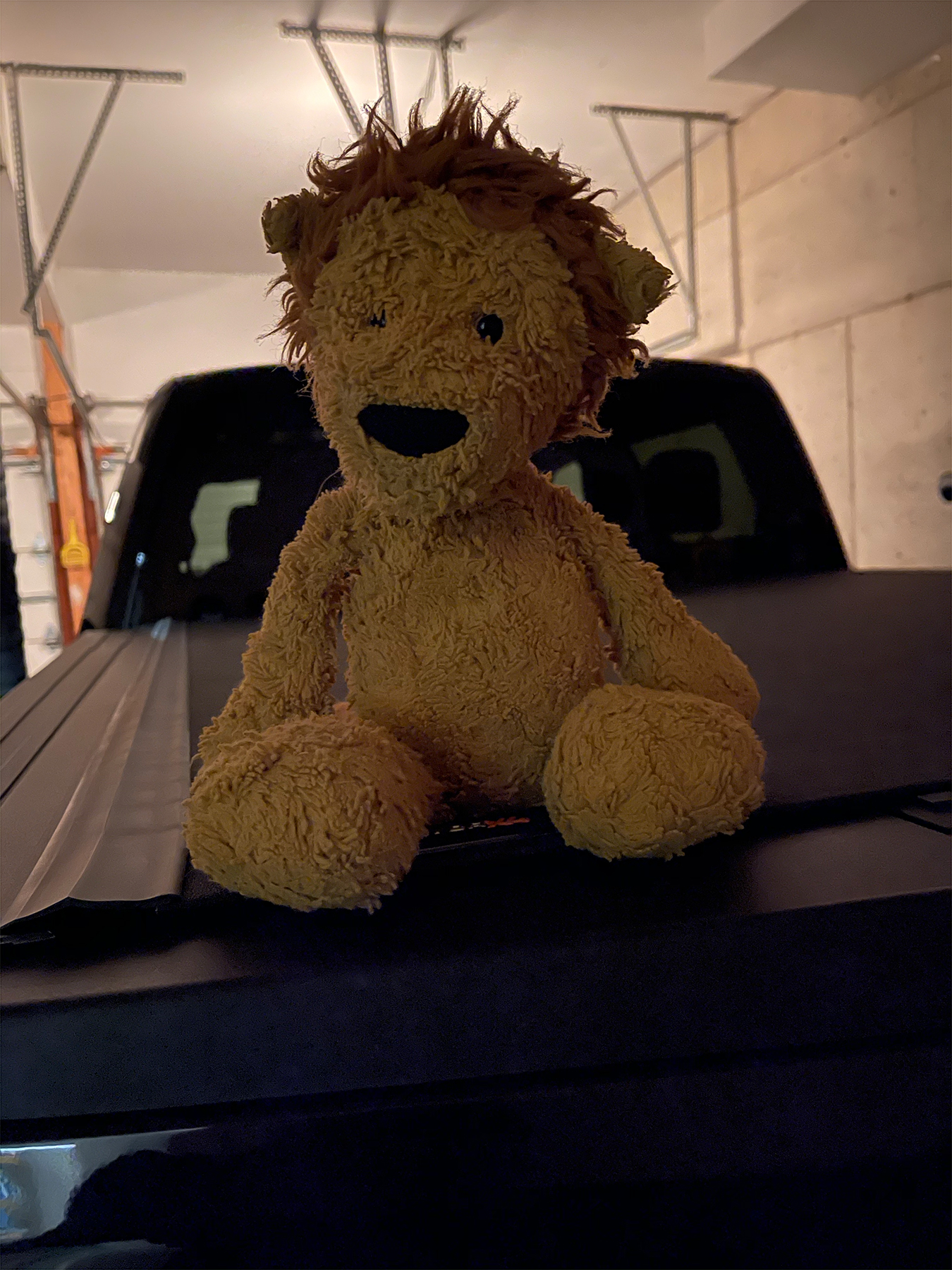

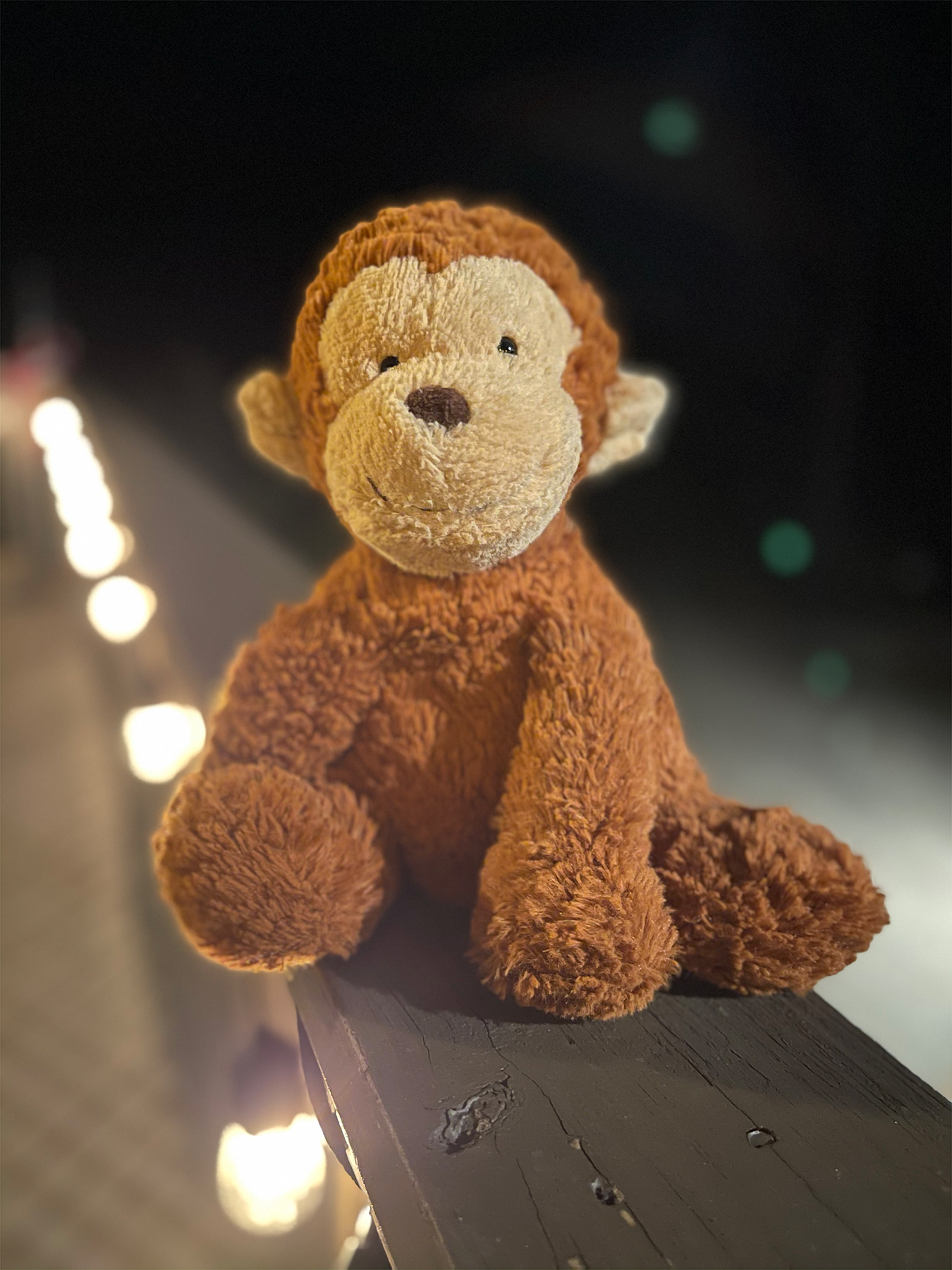
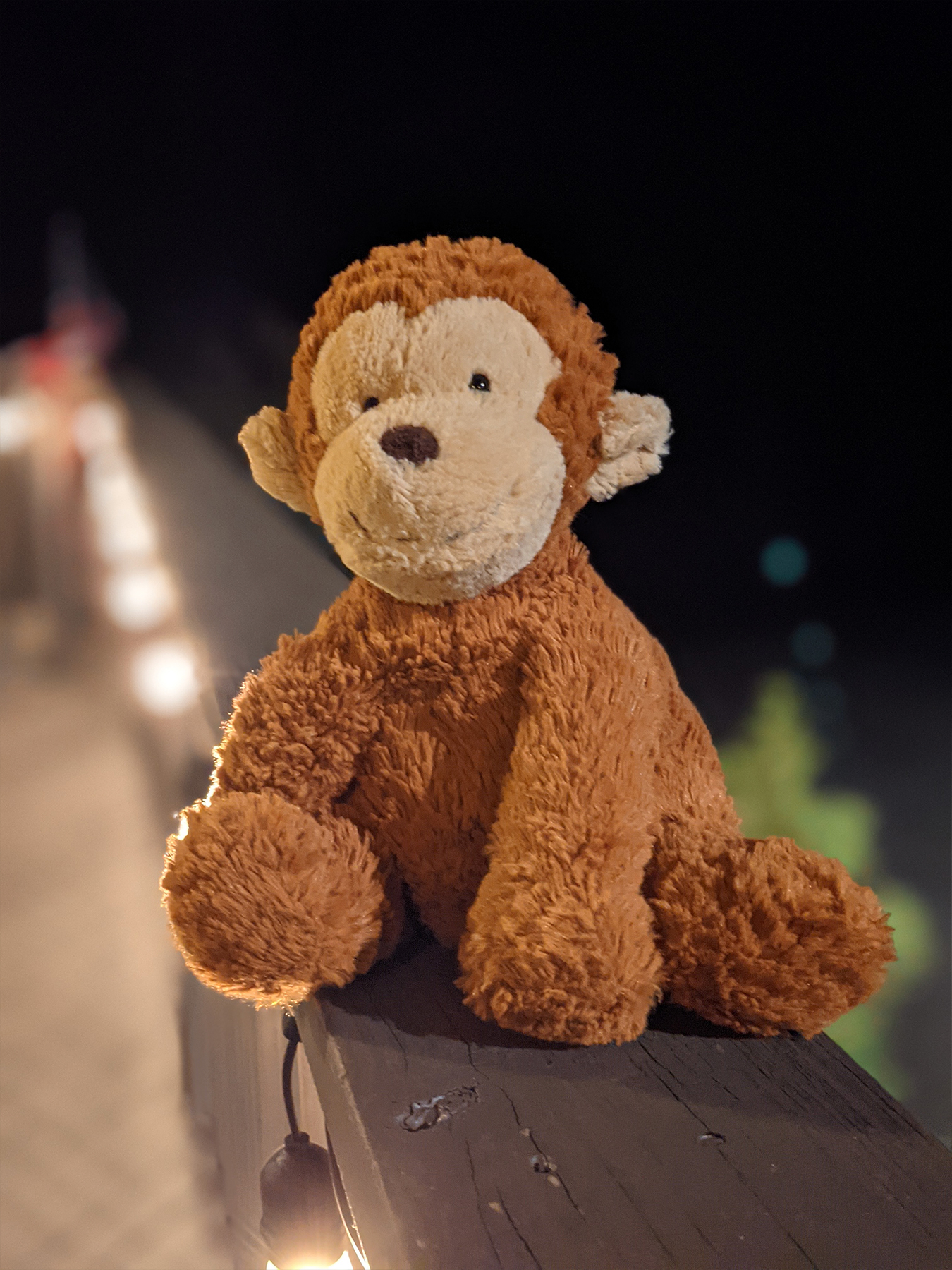
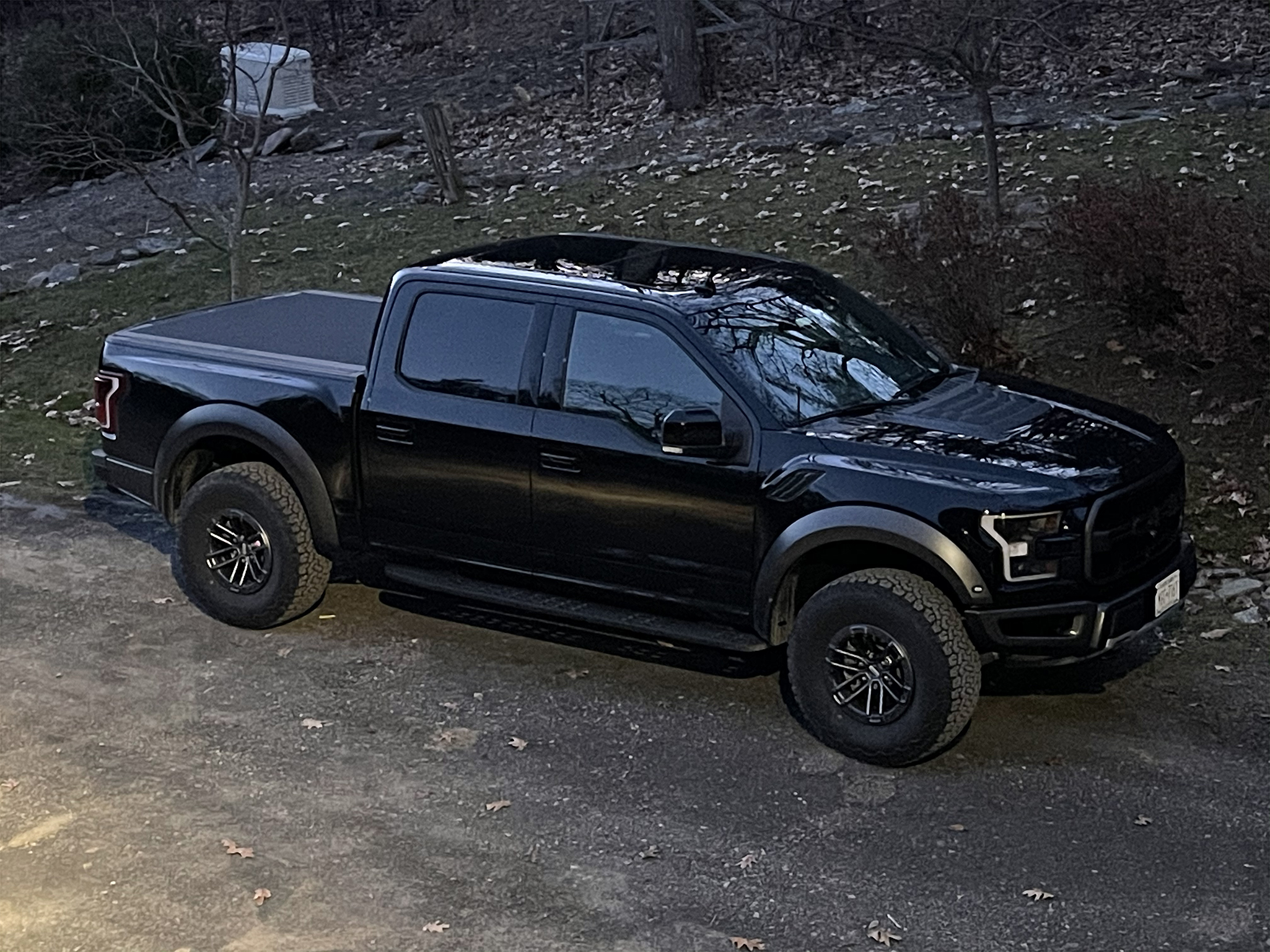
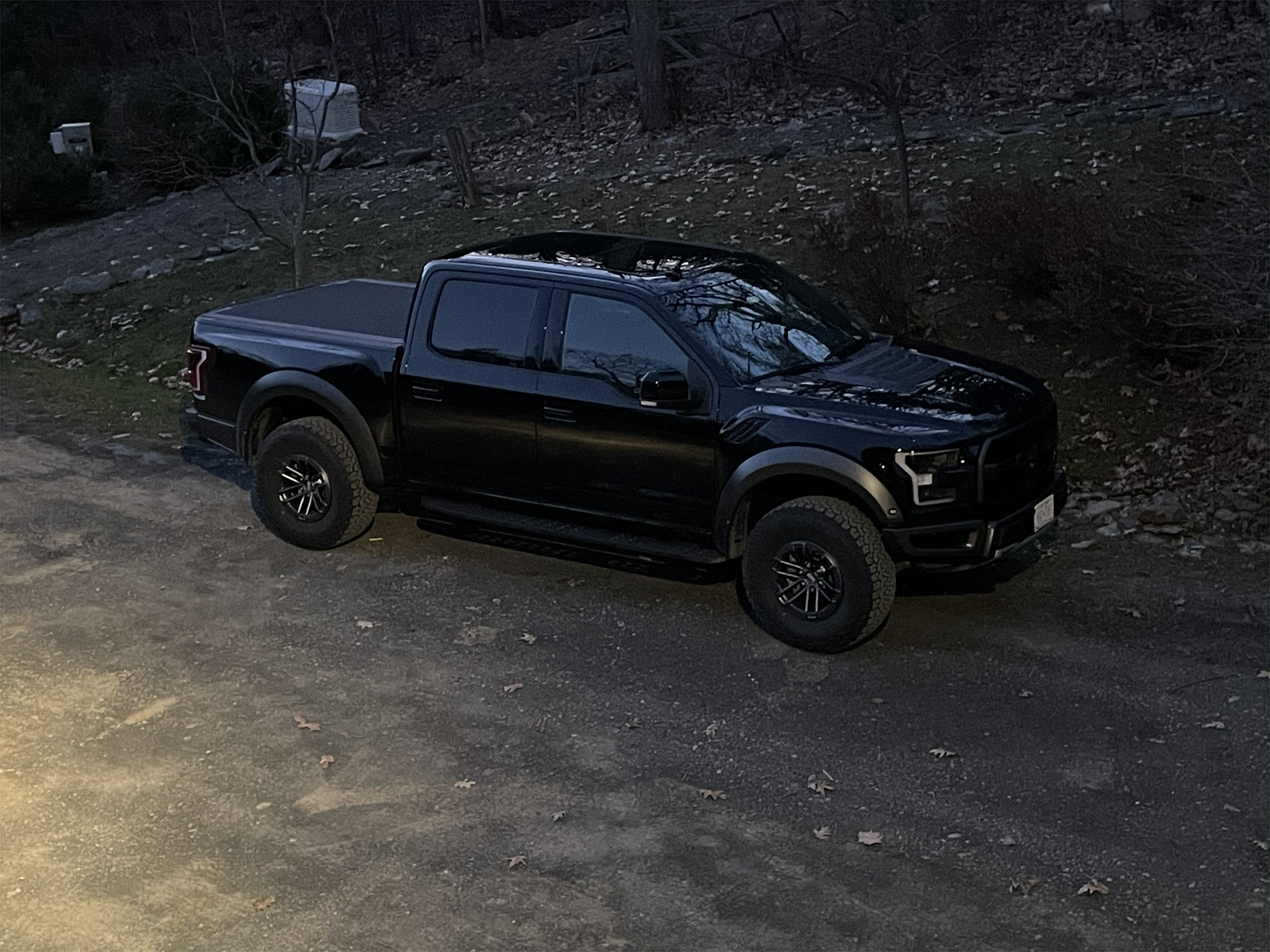



















0 Response to "iPhone 12 Pro Max review: the best smartphone camera you can get - The Verge"
Post a Comment